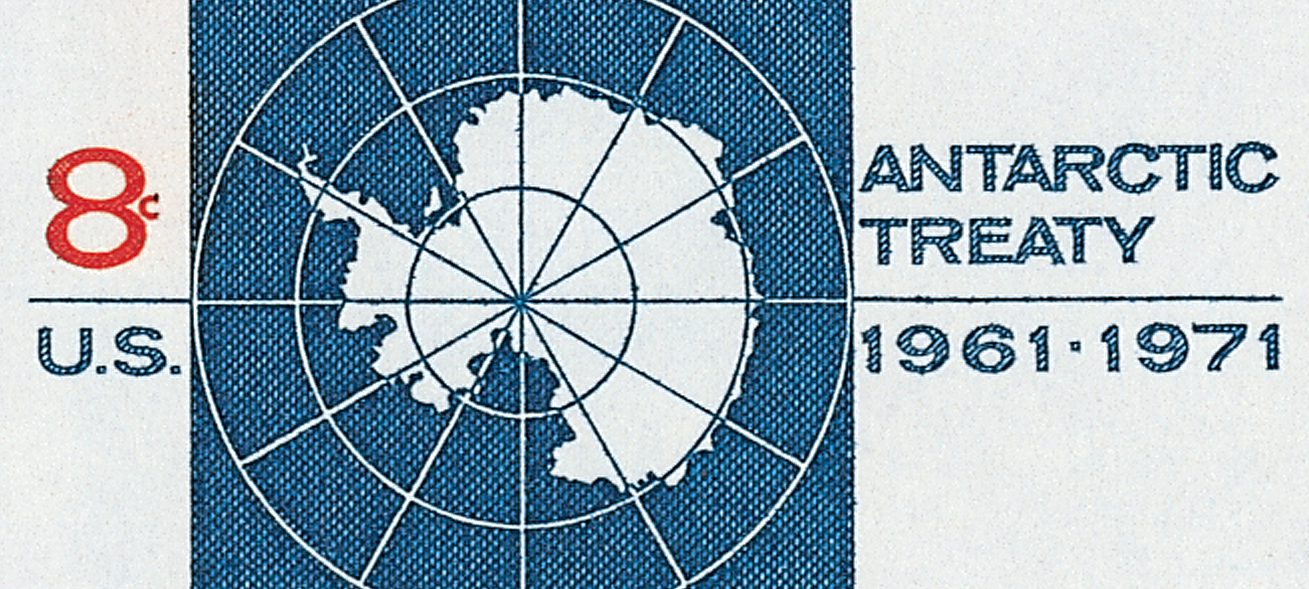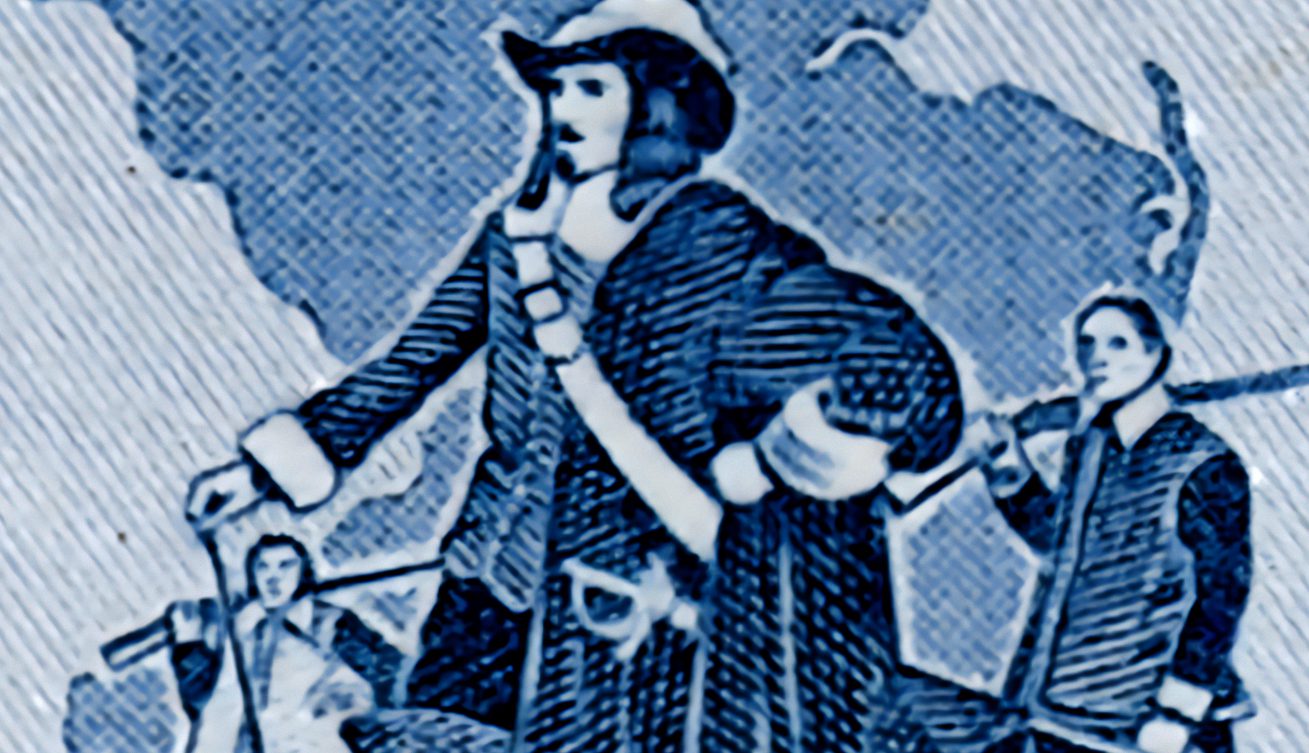Last Stamp Issued by the Post Office Department
On June 23, 1971, the Post Office issued its last commemorative stamp as a cabinet-level department. It was reorganized as the United States Postal Service, a corporation-like independent agency of the federal government.









